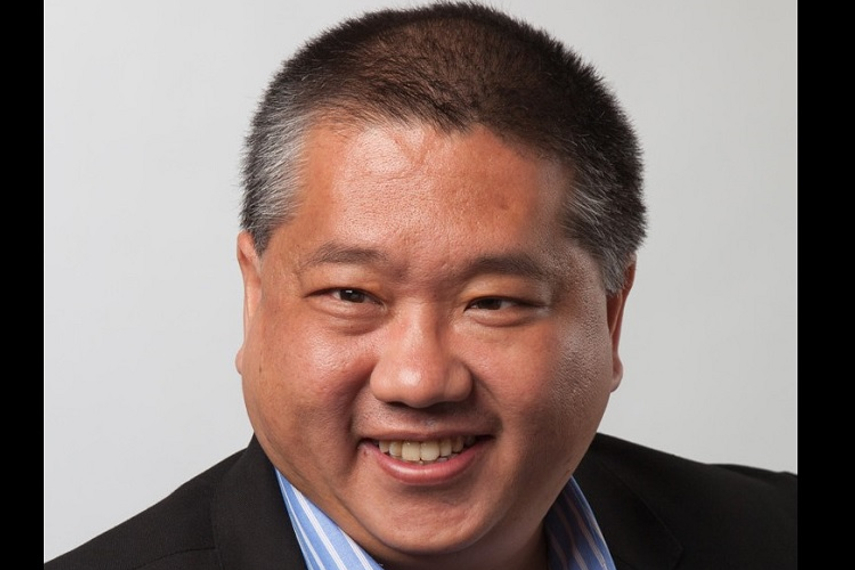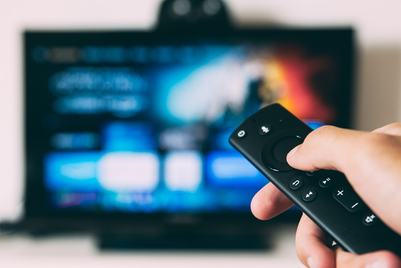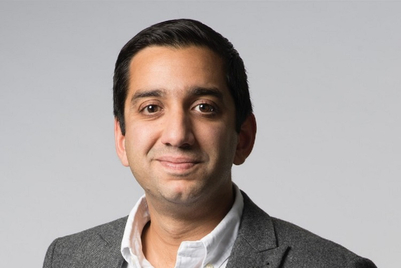Programmatic advertising player OpenX, and ExchangeWire, have released a new research report named ‘The State of Programmatic in JAPAC – 2021’. It examines the India, Australia, Indonesia and Japan markets, highlighting that programmatic investment and spend is growing at a rapid rate across the Japan and Asia-Pacific (JAPAC) region; nearly two-thirds of firms have increased their programmatic activity from last year. This is despite a hugely challenging past year for agencies, publishers and brands with the ongoing coronavirus pandemic.
The report also highlights concerns around the deprecation of Apple’s Identifier for Advertisers (IDFA) and Google’s initial announcement that it would block third-party cookies on its Chrome platform by late 2023.
In India, as per the study, 43% of respondents say their 2021 programmatic revenue or spend is higher than pre-Covid levels. The report also reveals that the country is more heavily invested in the channel compared to other surveyed countries with only 2% not using programmatic.
Key highlights:
-
Publishers have matured in their strategic selection of header bidding partners, while the use of pre-bid has increased by over 10% market-wide. Compared to 2020, publishers are using relatively fewer providers than in 2020 and prioritising ease of setup when existing providers are not meeting expectations. This is prevalent in the Indian market, where 32% are now using 1-4 partners, compared to just 7% last year, and 13% are using 15 or more partners, which has more than halved from the 29% recorded in 2020.
-
Two-thirds (67%) are concerned about the effect of IDFA and cookie deprecation, with 29% very concerned about these changes. India displayed the most concern, with 87% disclosing some level of concern.
-
Brands and agencies are not funnelling spend to the walled gardens, and instead favour independent ad tech. Only 16% of buyers are increasing walled garden ad spend in response to IDFA and third-party cookie deprecation, whereas 27% are investing in exchange, SSP, and DSP partnerships. In India, only a handful (2.5%) are funnelling spend away from independent ad tech towards the walled gardens.
-
Buyers are acting over concerns of transparency, and are more confident in amending their programmatic pipelines. Two-thirds (67%) of marketers and agencies have run Supply Path Optimisation (SPO) review in the previous 18 months, with 32% indicating that it was the first one they have ever done. Concerns around transparency are high in the Indian market, with 100% of respondents showing some concern.
-
India is more heavily invested in programmatic than its peers. Only 2% are not using the channel, compared to 33% in Japan, 9% in Australia and 6% in Indonesia. Moreover, 12% of respondents within India are generating over 75% of their spend in programmatic, double that of both Australia and Indonesia.
Campaign India spoke with Andrew Tu, managing director, Apac, OpenX, about the India findings, marketers concerns about the cookie deprecation and how they are solving the challenge. Read the excerpts below:
Your report mentions 43% higher recorded programmatic revenues in India as compared to pre- Covid levels. To what would you attribute this spike in numbers?
There are a few factors at play here: First, Covid drove rapid digital transformation, and as people were forced to stay inside more than ever before, their digital device usage increased, making digital the best place for a marketer to reach someone.
Secondly, when marketers began to get more budget-conscious, they needed to focus their efforts on the channels they felt confident will deliver ROI, which in this case was programmatic. Programmatic has become a tried-and-true method for marketers in India and Covid just accelerated this macro trend.
The report says India displayed the most concern about the cookie deprecation at 87%. Why do you think this is and how are marketers solving for this? Why is the concern over the cookie highest in India within the JAPAC region, in your opinion?
The upcoming deprecation of cookies, along with IDFA, is a major point of concern for more than two thirds of industry players across JAPAC, so this isn’t necessarily unique to India but it’s true that we saw levels of concern in India that were higher than other markets.
In terms of why the market in India is more concerned than others, it’s hard to say, but we do know why marketers are concerned: cookies have been a very reliable tool for many years, and have played a role in behavioural targeting, retargeting, audience extension and view through attribution. Whenever a legacy tool like this goes away, it’s only natural there is some concern.
In terms of what’s next marketers are gearing up towards using first-party data, and our survey actually found that access to first-party data is exceedingly strong in India, with all surveyed professionals reporting they had access to such data. Third-party ID solution providers, along with exchange, SSP, and DSP, partners are being turned to for support in activating this data, and we could also see a boost in contextual advertising.
The concern levels for fraud in programmatic, too, are highest in India within the region. Where are programmatic players currently at in terms of strengthening review processes and making the practice more watertight?
Programmatic companies have been combating fraud for years, and we have come a long way. There are lots of high-quality companies in the tech ecosystem, and for many marketers, the goal now is just making sure you are working with these companies. SPO reviews are a good example of marketers taking matters into their own hands, purposefully selecting the companies that they know will provide value (and are fraud-free), and we found that a majority of marketers are starting to take advantage of this, with 56% having run their first SPO review over the last 18 months.
What are the key 2021 trends programmatic trends in India that have been accelerated thanks to the pandemic?
At the most basic level, we’re simply seeing more trust in programmatic. Agencies, publishers and brands are demonstrating greater confidence in managing their own programmatic activities, and the tech platforms in the space are being forced to show they are really adding value. This has led to better ROI for everyone, and as a result, the ecosystem is directing more revenues and spend through the medium compared to other marketing streams.
What will India’s programmatic landscape look like in the next two to three years? Any predictions?
At a high level, we think the growth will continue. We could see 3x growth in programmatic advertising over the next two to three years. As part of the overall programmatic growth, we’re also seeing header bidding grow in the region as publishers realise the benefits it can unlock.
Finally, we expect to see the rise of mobile OTT and short-form videos in programmatic. There is a lot of consumer attention on these, and marketing dollars always follow the eyeballs, so this will likely continue to grow.



.jpg&h=334&w=500&q=100&v=20250320&c=1)
.jpg&h=334&w=500&q=100&v=20250320&c=1)



.jpg&h=334&w=500&q=100&v=20250320&c=1)
.jpg&h=334&w=500&q=100&v=20250320&c=1)


.jpg&h=334&w=500&q=100&v=20250320&c=1)








